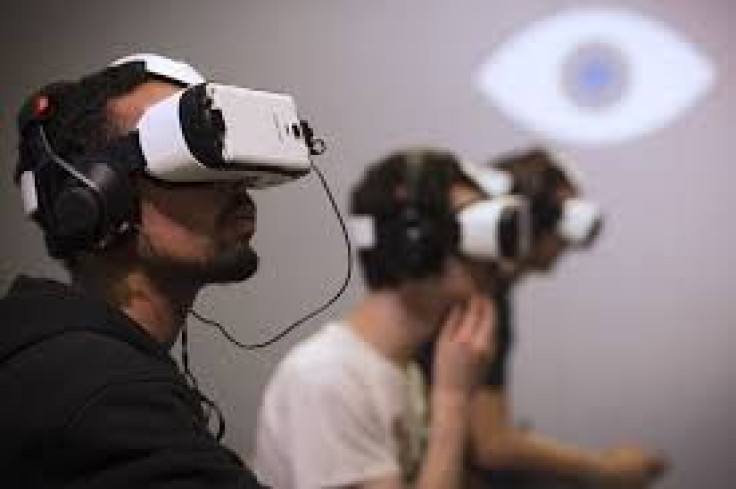VR Headset Research Helps Train Doctors For Trauma Assistance

The Immersive Media Initiative group from Ohio State University is developing a virtual reality tool to train medical school students in trauma assistance, according to the Columbus Dispatch. In a recent test, the Ohio State group had two doctors in residency use virtual reality gear to “experience” a situation at the OhioHealth Grant Medical Center.
The Immersive Media Initiative group set up three virtual reality cameras and microphones in the hospital room to capture all the footage necessary. There are three separate scenarios available for use so far. The first situation the future doctors were placed in was in the trauma bay. A medical team was checking a victim who had recently been a in a car accident. After several months of editing the footage, they tested it on Dr. Jesse Nichols and Dr. Arishi Abdulaziz.
“I felt like I needed to reach out and help the patient,” said Nichols in an interview with the Columbus Dispatch. “You’re right there.”
Both Nichols and Abdulaziz were able to put the HTC Virtual Reality headset on and feel as if they were directly in the room. They were able to look around and see all the staff present, watch a team remove the victim's shirt and shorts, observe a medical technician scan the chest and abdomen of the victim with an ultrasound probe. The cameras allowed for views at the foot of the gurney, from the side of the room and from the patient's bedside.
Dr. Thanh Nguyen, a trauma-services physician at OhioHealth Grant Medical Center believes this process could be extremely beneficial for aspiring doctors.
“The goal is eventually to have hundreds of patients to teach different scenarios, like, ‘This is what a gunshot victim looks like.’ ‘This is what a stabbing looks like,’” said Nguyen in an interview with the Columbus Dispatch. He hopes the technology will be used in operating rooms or the intensive-care-unit in the near future. The team is also looking into developing a mobile application for all aspiring medical personnel to have access to.
The Immersive Media Initiative group received a $1 million university innovation challenge grant last year and is looking to use the latest advancements in technology to further improve education. Virtual reality bridges the gap between the classroom and hands on experience. While virtual reality may not be the real thing, the team’s experiments give participants a first person view of what it is like to be in a trauma room. It allows future doctors, nurses, technicians and medics to all observe their roles in a medical situation and be comfortable with what they are doing before they are in a real life situation.
© Copyright IBTimes 2024. All rights reserved.











